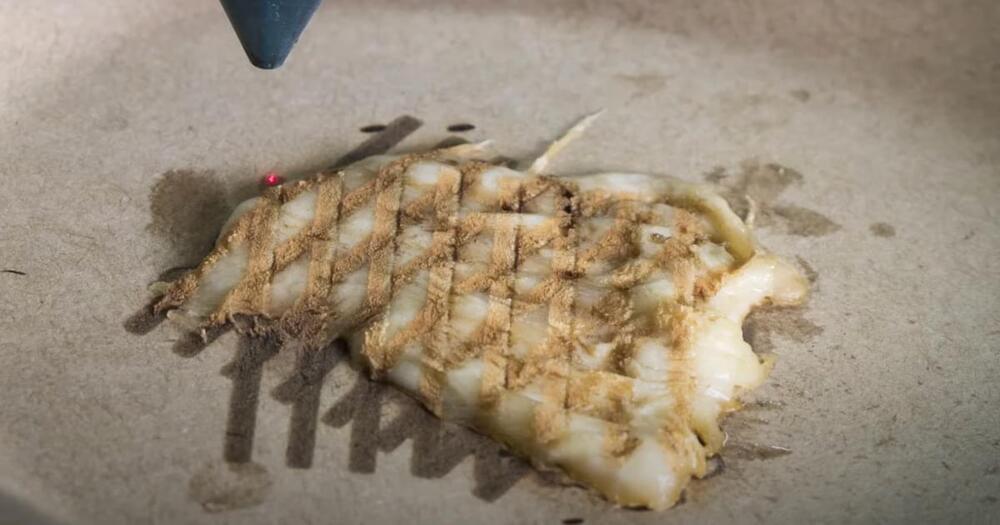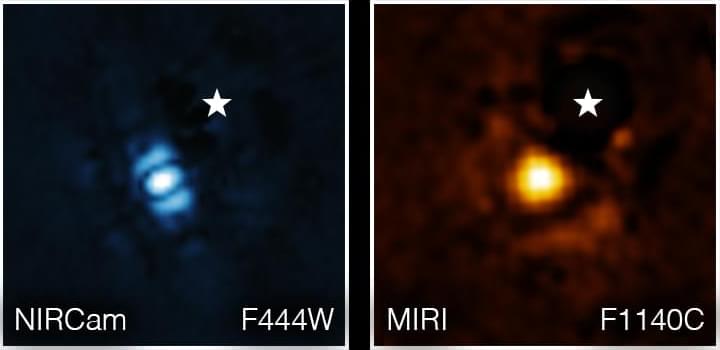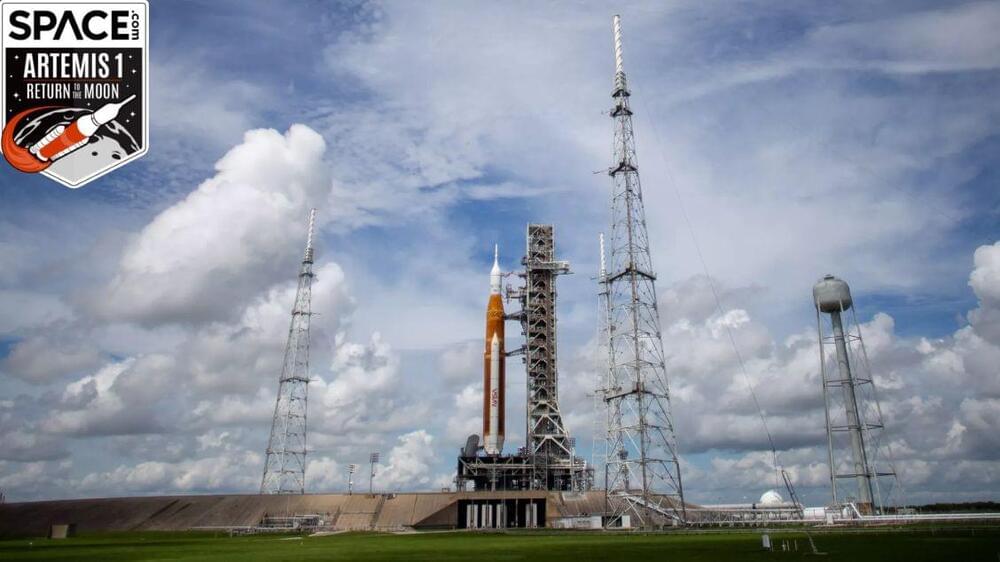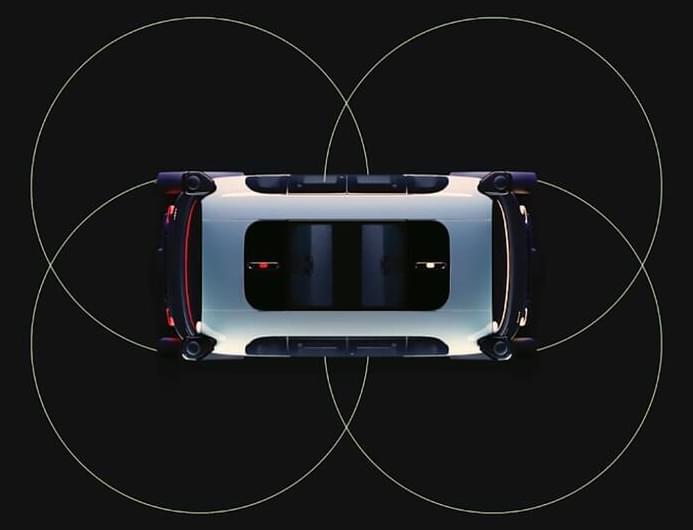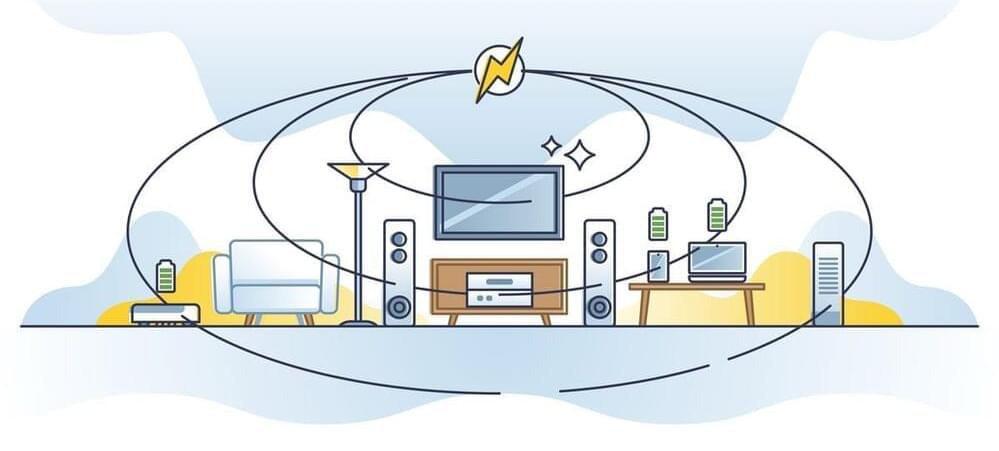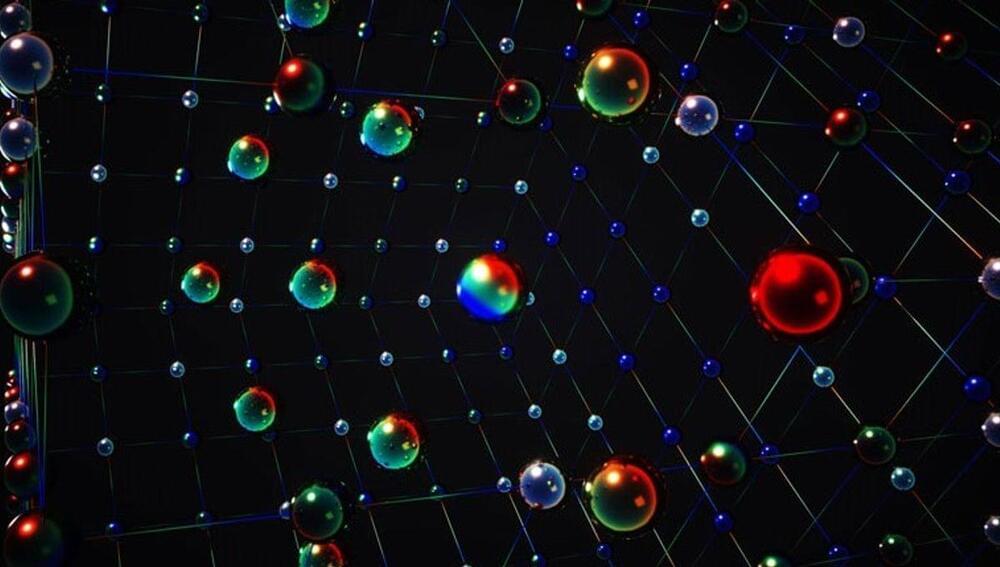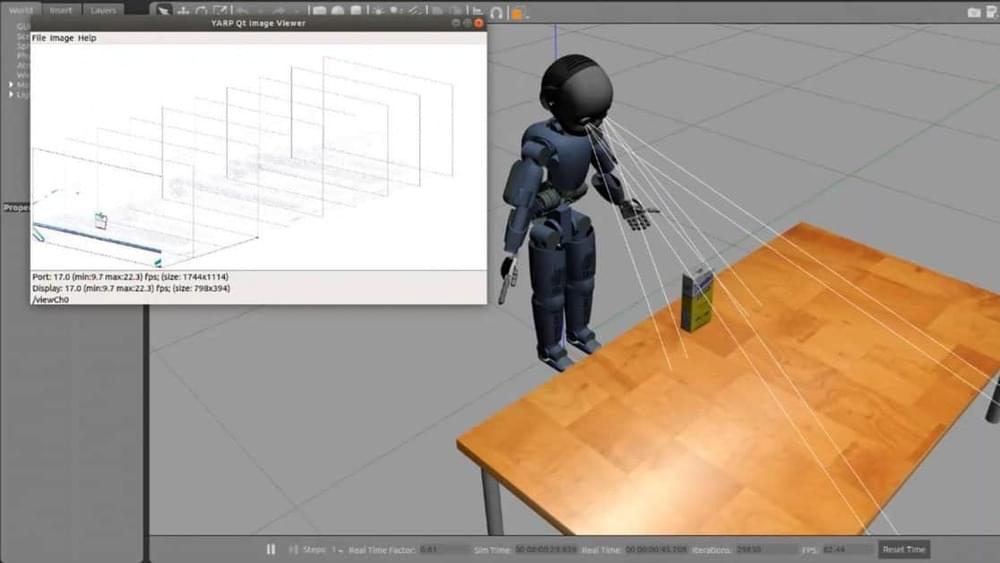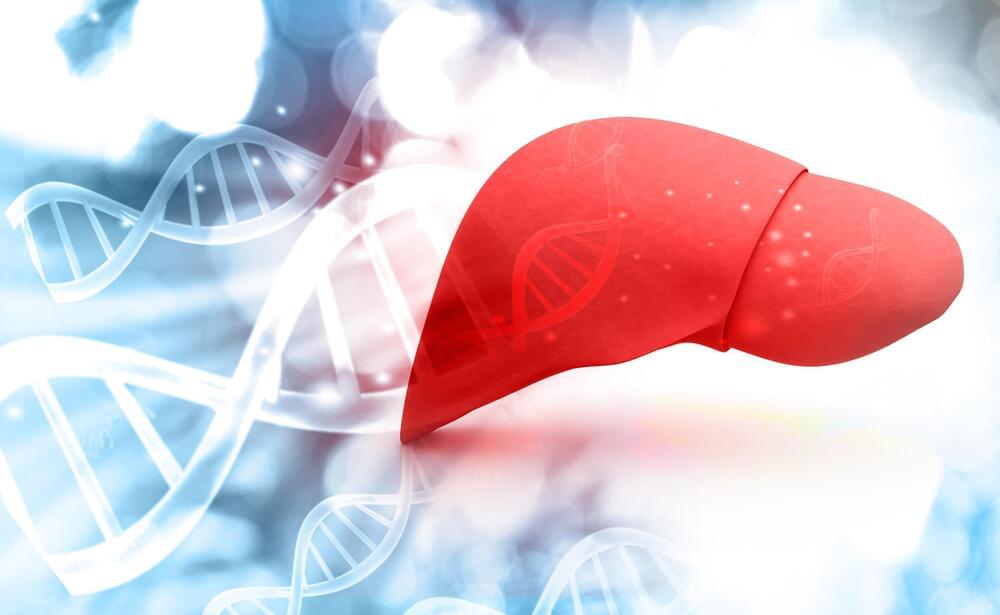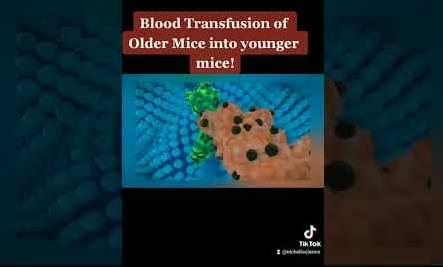Sep 3, 2022
3D-printed, laser-cooked meat may be the future of cooking
Posted by Omuterema Akhahenda in categories: 3D printing, biological, robotics/AI
A future kitchen appliance could make it possible to 3D-print entirely new recipes and cook them with lasers.
That is the long-term vision at Columbia University’s Creative Machines Lab, an engineering group that uses insight from biology to research and develop autonomous systems that “create and are creative.” The engineers have spent years working to digitize and automate the cooking process.
Continue reading “3D-printed, laser-cooked meat may be the future of cooking” »
